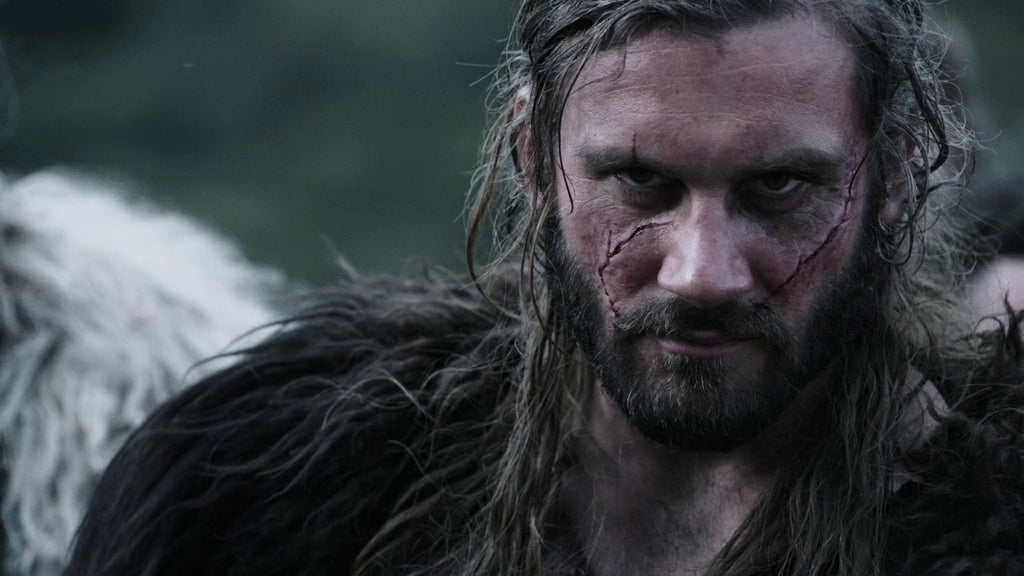How Brutal Death Did Warrior In Gokstad Ship Encounter?
Many people might read a lot about the Gokstad ship that was excavated from farmland in Vestfold, Norway.
We astonish at the majestic beauty of the ship, yet little do we know about the man that the ship was dedicated to. The identity of the man remains a mystery and probably we will never be able to know his true identity. But one thing we know for sure is that that man once was a great warrior who deserved such a luxurious burial mound. This warrior died in a brutal execution yet it was a warrior death.
He died a warrior death
Back to 1880, the archaeologist Nicolay Nicolaysen led an archaeological group to carry out the Gokstad excavation. There, they found remains of a male Viking next to other artifacts that were dedicated to this mound. After studying these fragments, a group of professors concluded that this man once suffered from arthritis, rheumatism, and various physical disabilities because of his joints' state.

The excavation of Gokstad ship back to the end of the 19th century.
Around the 1920s, his remains were reburied as a way to honor him. However, as time progressed, the fear that these remains would decay and forever disappear loomed large. And the archaeologists finally re-opened the mound and studied the bones once again.
One new finding is that the bones seem to be heavier and bigger compared with the male bones back to the Medieval Time. The man could have died before 901AD.
Signs of previous knee injury, arthrosis, and fracture on the left condyle were found. More importantly, the bones revealed many injuries which seem to have been fatal.
At his leg, there were deep cut marks. Left shin bone and knee had a sword wound. The archaeologists concluded that someone struck this blow when the warrior was riding on his horse or lying on a supine position. A cut on his right thigh bone indicated cuts with a knife or arrowhead. One end of his fibula was cut off as well.
Different cuts on the bones led the scholars to believe that the man was attacked and executed by at least two individuals using different weapons which could be a sword, an axe, or a knife. They caused serious and fatal blows to the man.
The fact is that there were no signs of healing yet the cuts in the bones were sharp suggested that these wounds deprived the man of his life. Most of the skeleton was missing even the skull. This once again cemented the theory that these folks intentionally killed the warrior.

At least two individuals joined to kill the Gokstad man
Another finding was that the man was around his 40s. He could have suffered acromegaly caused by brain tumour leading to excessive production of hormone. Physical traits of the man supported this theory; for example, the man had larger and heavier bones. The archaeologists calculated that the man was around 181cm high (roughly 6ft). The medieval men had an average height of 165cm (5.4ft) only.
Conclusion
With the remains of the Gokstad man, we can conclude the case was an intentional killing and violent aspect of the Viking society. Indeed, what the Vikings once held dear was completely different from ours. Back to their time, the act of violence was nothing much because the Vikings even wished to die a warrior death to be ascended to Valhalla with Odin.
The fact that the man was buried with a majestic ship and luxurious artifacts revealed his high social rank. This also confirmed that the high social rank couldn't keep the man from dying in such a violent way.




